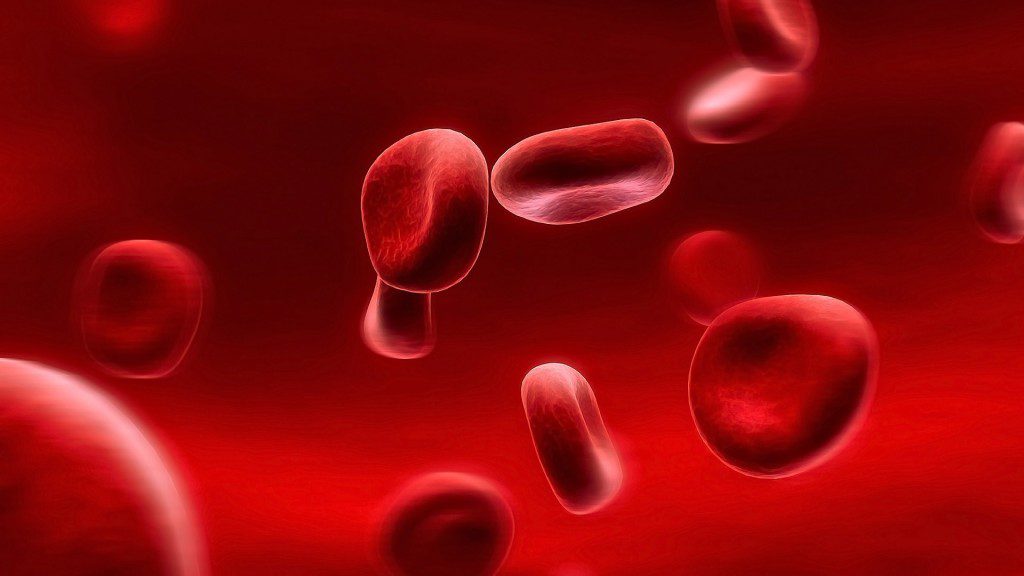Rhinoplasty
İçindekiler
What is Rhinoplasty?
The rhinoplasty is performed in 6 stages which are different from each other but complement each other.
In the first stage, the distance, angle and ratios of the nose are taken into account such as the location and sizes of bone structures and cartilage structures, nostrils, nasal tip harmony/compatibility
In the second stage, the locations and relationships of soft tissues such as cheeks, lips, eyebrow lines, eyelids with the nose
In the third stage, it is evaluated by measuring whether there is physical and/or perceptual-image-related content integrity or contradiction that is formed by the rigid/solid structures such as jaw tip, jaw contour, forehead, cheekbones and teeth.
In the fourth stage, the location and depth of the mucosa, skin structure, features, scars, acne scars, acquired sutures are evaluated as a whole.
In the fifth stage, the deep grooves/cavities (bags under eye and nasolabial fold) which are placed near the nose and perceived together with nose are evaluated in detail. .
In the sixth stage, functional breathing capacity and sufficiency degree of the person such as concha, septum, valve angle etc.
In the seventh stage, the evaluation of sequels such as deformity, discoloration, asymmetries, tissue loss after the accident, trauma or nasal surgeries, and the determination of the tissues lost previous operation(s)
How long does rhinoplasty last?
Rhinoplasty takes approximately 1.5 hours after holistic evaluation made based on location, adjacency, angle and distance of other facial structures. In the same session, problems related to both breathing and aesthetic appearance can be fixed.
How is the postoperative recovery period?
Patients go back to work after the postoperative controls on the 3rd and 7th day. The painful tampons are not used in rhinoplasty. With special gel to be used before and after the surgery, the edema and bruising can be minimized/reduced.
The recovery period does not exceed 1 week unless you have easy bruising and swelling structure in reaction to trauma. The ice cube application at intervals in the first 48 hours reduces this process. The silicone splint which is put into nose, is taken out/removed on the 3rd day, the aluminum splint which is placed outside, is taken out/removed on the 7th day. On the 10th day, those who see you for the first time do not find out that you have rhinoplasty. The final outcome for your nose is completed in 4-6 months following the completion of bone healing. There are new generation creams that should be used before and after the surgery in order to have less bruising.
Is there age limit for rhinoplasty? (See for further information …)
What should you ask your doctor before rhinoplasty?
- Do you have membership to a national official association or an international association?
- What is your medical specialty? Plastic surgeon? Dentist? Ear-Nose-Throat specialist?
- Do you have a qualification certificate given by the association?
- Why should I choose you for this operation? What are your special features?
(For further questions please click here: 25 questions about Rhinoplasty)
Rhinoplasty and functional surgery
Problems such as collapse and stenosis on inner and outer nasal air valves, enlarged and space-occupying concha, deviations of Septum, are functional problems accompanying the patient who applies for rhinoplasty. While these problems can be treated with rhinoplasty, these functional problems should not occur postoperatively, if it does not occur preoperatively. Septal problems can be observed in the caudal area of the cartilage or in the shape of C and S in the middle and inner area of the nose. The growth of concha almost always develops on the wide side as a reaction to the narrowed side caused by Septum. Concha which growth excessively due to irritant such as allergy, room air freshener, or perfume can cause sleep apnoea by developing bilaterally. The Radiofrequency treatment which provides volumetric tissue reduction is one of the most preferred methods in order to open the obstructed airway passage. Deviated septum and enlarged concha can cause different degrees of breathing difficulty in the nasal airway passage. The recurrence rate of concha growth within 2 years after radiofrequency treatment (ionic heat agitation at 60-75 degrees) is quite high on the basis of allergy and inflammation.
Acquirements/gains
You can increase your social acceptance/approval by transforming your image. There is a social acceptance which means that it is easier to communicate with people who have small and beautiful nose in aesthetic way. A nose which has been operated/fixed in harmony with the other organs and structures on your face always shows/makes you younger and more energetic than the previous nose. Also, a nose which the airflow capacity is increased, provides you more effective and quality sleep, and long lasting sport and daily activities.
Developments in Rhinoplasty
While contourplasty, profile and sequel repairs/correction procedures can be performed with permanent filling materials under local anesthesia, the use of surgical instruments to reduce postoperative bruises and micro traumatic approaches are become widespread. As the virtual computer programs which provide the postoperative appearance do not evaluate any effective factor related to the operation process except for selected cases, are not preferred by senior surgeons who consider rhinoplasty as an art.





